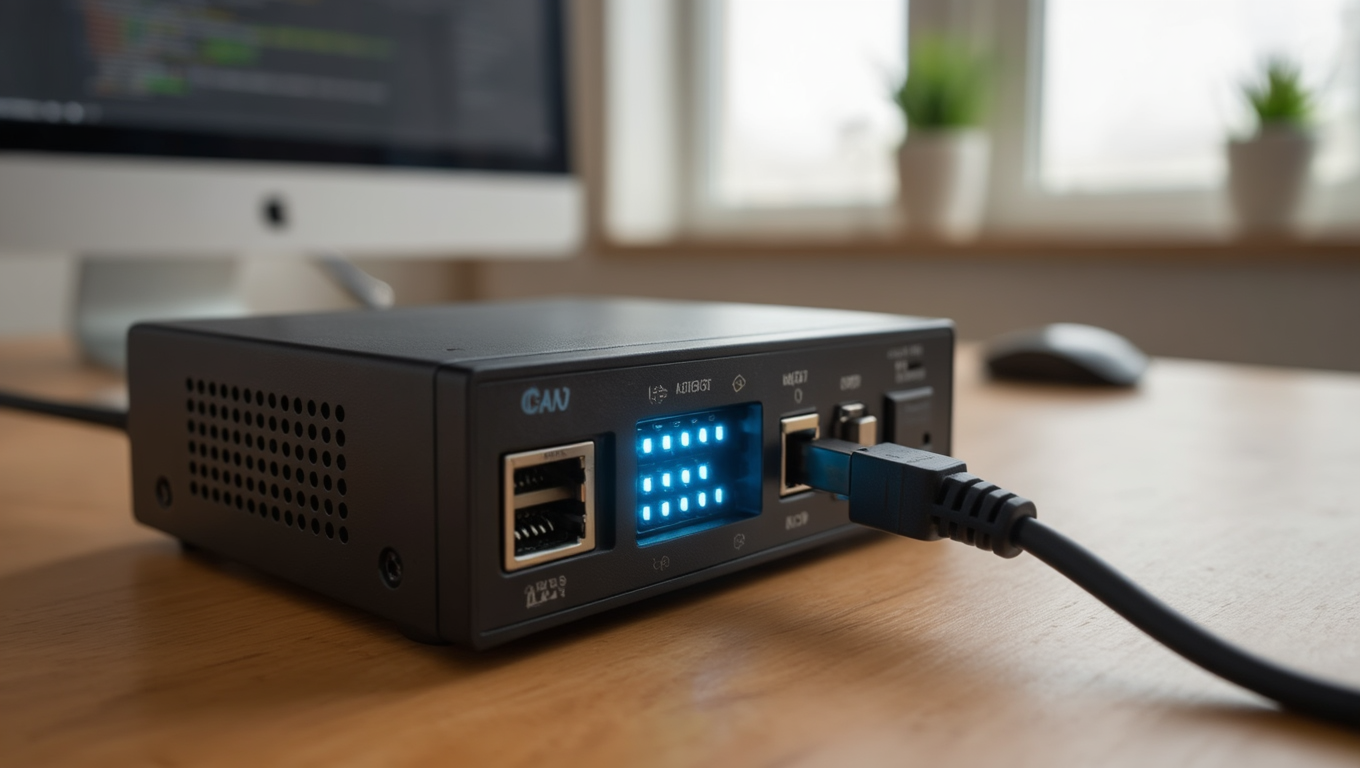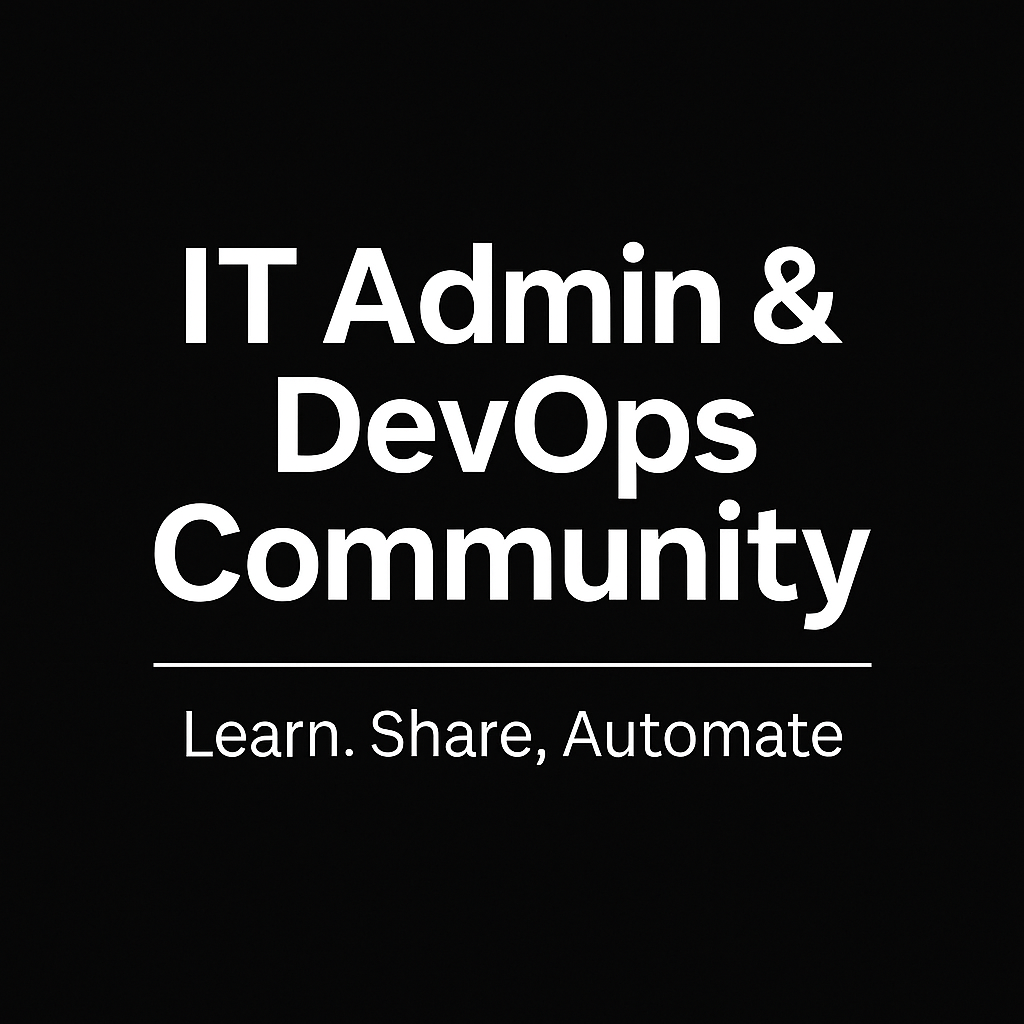🧠 AWS US-EAST-1 Incident: Load Balancer Health System Recovery and Lambda Impact
AWS continues recovery in US-EAST-1 after a load balancer health subsystem failure caused EC2 and Lambda errors. Engineers validate fixes as recovery progresses.

Date: October 20, 2025
Region: US-EAST-1 (N. Virginia)
Status: 🟡 Degraded – Ongoing Recovery
Tags: AWS, Load Balancer, EC2, Lambda, Outage, DevOps, Cloud, System Reliability, Networking
🧭 Introduction
The AWS US-EAST-1 outage has continued into the morning of October 20, 2025, with new technical details emerging about the cause and the ongoing recovery process.
AWS has now confirmed that the underlying problem originated from an internal subsystem responsible for monitoring the health of AWS network load balancers.
This subsystem failure propagated through the EC2 internal network, impacting API connectivity, Lambda function invocation, and instance launches across the region.
While recovery is well underway, Lambda and EC2 are still experiencing limited functionality as AWS engineers carefully validate and deploy fixes.
⚙️ Timeline of Key Updates (8:43 AM – 10:03 AM PDT)
🕣 Oct 20, 8:43 AM PDT – Root Cause Narrowed Down
AWS engineers identified the root cause as an internal monitoring subsystem within the EC2 network responsible for checking the health of load balancers.
The malfunction caused false status reports, which led to throttled traffic, API delays, and intermittent disconnections.
To stabilize recovery, AWS temporarily throttled EC2 instance launches and began applying network routing mitigations.
🕘 Oct 20, 9:13 AM PDT – Connectivity and API Recovery Progress
AWS confirmed that connectivity and API recovery were progressing across most services.
Mitigations applied earlier began to show results, with reduced latency and partial EC2 recovery.
Engineers also started reducing throttling levels on EC2 to allow gradual normalization of instance creation.
“We have taken additional mitigation steps to aid recovery of the underlying internal subsystem responsible for monitoring the health of our network load balancers and are now seeing connectivity and API recovery for AWS services.” — AWS Health Dashboard
This phase marked the transition from “containment” to “controlled restoration.”
🕙 Oct 20, 10:03 AM PDT – Lambda Still Impacted
AWS reported that most services were steadily recovering; however, AWS Lambda was still affected by internal subsystem failures related to load balancer health checks.
Lambda function invocations were timing out, and dependent services like EventBridge and Step Functions saw intermittent delays.
Meanwhile, AWS engineers began validating a fix for EC2 instance launches, planning to deploy it to the first Availability Zone once confirmed stable.
“Lambda is experiencing function invocation errors because an internal subsystem was impacted by the network load balancer health checks. We are taking steps to recover this internal Lambda system.” — AWS Health Dashboard (10:03 AM PDT)
This suggests that Lambda’s control plane — which relies on AWS’s internal API routing — was directly affected by the load balancer monitoring fault.
🧩 Technical Breakdown: The Load Balancer Health Subsystem
The load balancer health subsystem is part of AWS’s internal EC2 networking infrastructure.
Its main role is to:
- Continuously monitor the connectivity of AWS Elastic Load Balancers (ELBs)
- Detect unhealthy routes or backend instances
- Report this data to the EC2 control plane for automated scaling and routing decisions
When this subsystem failed:
- Health data became inconsistent across regions.
- Some load balancers falsely marked resources as unhealthy.
- AWS services depending on that health telemetry — like Lambda, SQS, and DynamoDB Streams — began misrouting or dropping connections.
Even though the ELBs themselves were operational, the monitoring mechanism caused AWS systems to react defensively, triggering throttles and scaling slowdowns.
🔍 Impact Summary
| AWS Service | Status | Details |
|---|---|---|
| EC2 | ⚙️ Degraded | Instance launches throttled, fix validation in progress |
| Lambda | ⚠️ Impacted | Invocation failures due to internal subsystem error |
| SQS / EventBridge | ⚙️ Degraded | Processing delays as Lambda recovers |
| DynamoDB | ✅ Stable | Fully operational after earlier recovery |
| Amazon Connect | ⚙️ Degraded | Some latency due to network routing issues |
| CloudWatch / IAM | ✅ Operational | No reported issues |
Overall, API connectivity has improved significantly, but AWS remains cautious — applying fixes zone by zone to prevent further propagation.
🧠 Why Load Balancer Health Systems Are So Critical
In cloud infrastructure, load balancers aren’t just for external traffic — they also handle internal service communication between microservices and control planes.
AWS uses these systems to:
- Monitor backend health and latency
- Automate failover and route optimization
- Ensure even traffic distribution across EC2 and containerized workloads
When the monitoring layer itself fails, AWS loses visibility into what’s healthy or not — causing automatic throttling, scaling halts, and misrouted packets.
This is why the load balancer health subsystem is one of the most sensitive internal components in the AWS network stack.
🛠️ Mitigation Actions by AWS Engineers
AWS engineering teams are now focusing on four main recovery steps:
- Subsystem Restoration
Restarting and validating internal health-check systems for load balancers. - EC2 Launch Fix Deployment
Rolling out verified patches to Availability Zones with gradual scaling. - Lambda Function Recovery
Restoring internal communication between Lambda and EC2 API endpoints. - End-to-End Network Validation
Continuous CloudWatch and Route 53 monitoring to ensure all traffic routes stabilize.
AWS expects continued updates throughout the day as these mitigations complete.
💡 Lessons for Cloud Architects
- Monitor Dependencies, Not Just Services
Even high-level services depend on hidden subsystems — health checks, DNS, and routing layers. - Plan for Partial Outages
Build systems that can degrade gracefully when a service like Lambda or EC2 is partially down. - Implement Circuit Breakers and Retries
Automated retry policies can prevent cascading failures during throttling events. - Cross-Region Redundancy Is Vital
Never depend on a single region for mission-critical workloads.
🔚 Conclusion
The AWS US-EAST-1 outage has revealed once again how a single subsystem — invisible to most users — can ripple through the global cloud infrastructure.
By identifying the load balancer health subsystem as the root cause and applying steady mitigations, AWS engineers have demonstrated both operational transparency and engineering discipline.
While most services are now stabilizing, the event serves as a powerful reminder:
“Resilience is not just redundancy — it’s visibility, observability, and recovery readiness.”
📘 Source: AWS Service Health Dashboard – US-EAST-1 Incident
🔗 Full article and timeline: Dargslan Publishing AWS Outage Report
If you want to learn more about cloud reliability, AWS architecture, and failure recovery,
visit 👉 dargslan.com – your trusted resource for IT and DevOps learning.




